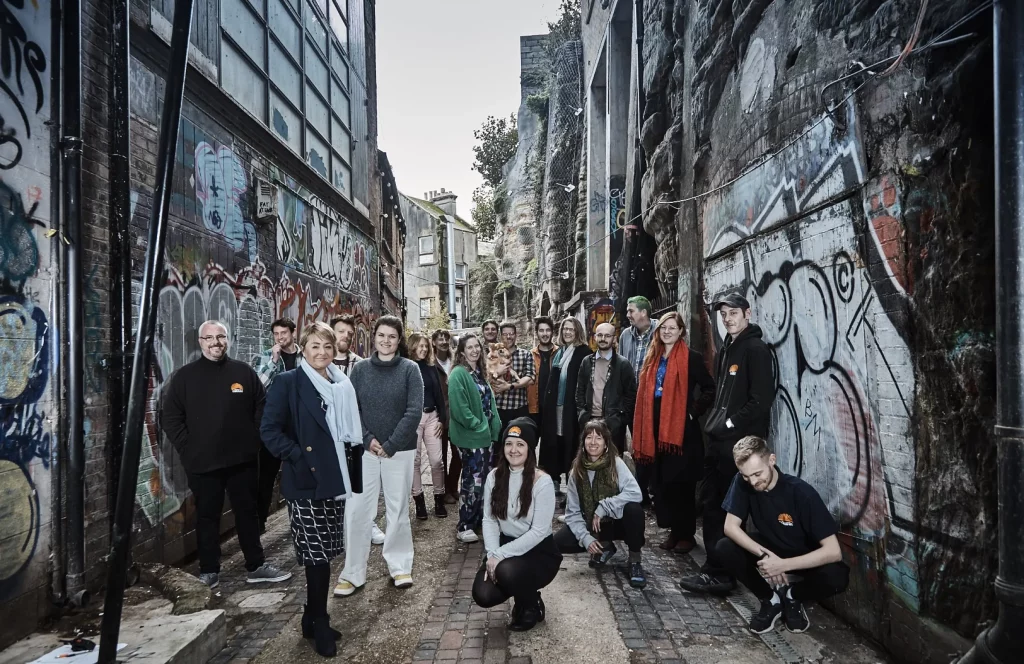Un Techo para Chile (UTPCH) began in 1997 when university students and a Jesuit priest saw the dire conditions in Chile’s slums and decided to act. At first, they built simple wooden shelters for families in need. Over time, the project grew—first adding social support programs like education and job training and now moving into building permanent homes.
UTPCH’s goal is to lift people out of poverty, not just provide shelter. They plan to build 10,000 permanent homes for families living in slums, with most staying close to their original neighbourhoods. Each family is actively involved—saving money, forming groups, choosing land, and helping design their new community. So far, over 8,000 families are part of 104 projects, with more than 600 homes built.
The homes are funded mainly through government subsidies, with each family also saving $800. UTPCH raises extra money from private companies and street fundraising to improve housing quality and fund support programs. Volunteers, mostly students, play a big role in building homes and leading community programs.
This work goes beyond construction. UTPCH helps families access health care, learn money skills, and build stronger, safer communities. Their model has been adopted in 16 other Latin American countries, with over 70,000 temporary homes built so far.
The project also challenges social barriers, involving young people from all backgrounds and making public housing something architects want to design well. While land costs and bureaucracy are hurdles, the project’s success shows that with the right mix of people, funding, and heart, it’s possible to build not just houses—but lasting change.





